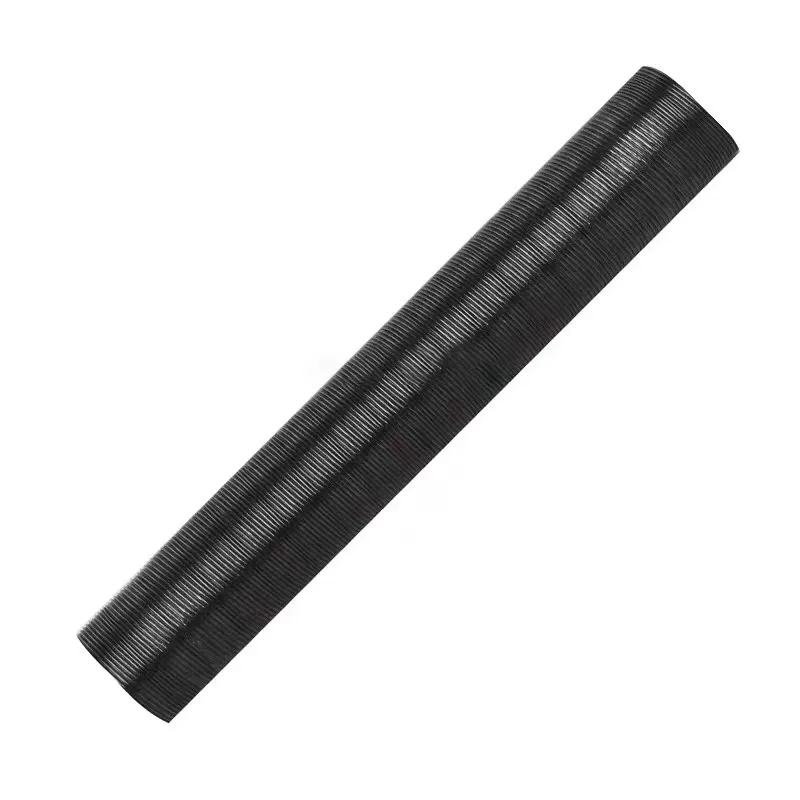Comparison of Polyurethane Hoses and Rubber Hoses for Various Applications
Polyurethane Hose vs. Rubber Hose A Comprehensive Comparison
When it comes to selecting the right type of hose for various applications, two popular materials often come to mind polyurethane and rubber. Both have unique properties and advantages that make them suitable for different environments. However, understanding the key differences between polyurethane hoses and rubber hoses can help you make an informed decision based on your specific needs.
Material Composition and Properties
Polyurethane hoses are made from a type of polymer known for its elasticity and durability. One of the standout features of polyurethane is its resistance to abrasion, making it an excellent choice for applications where friction is a concern. Additionally, polyurethane hoses have superior flexibility and can bend easily without kinking, which is particularly beneficial in tight spaces or when maneuverability is essential.
On the other hand, rubber hoses are made from natural or synthetic rubber. They are renowned for their resilience and ability to withstand extreme temperatures, both hot and cold. Rubber hoses tend to have a higher tolerance for impact and compression, making them ideal for heavy-duty applications. However, rubber can be more susceptible to abrasions compared to polyurethane, unless it is specifically reinforced.
Performance in Different Environments
When exposed to chemicals or harsh environmental conditions, the performance of the hose materials can differ significantly. Polyurethane hoses generally exhibit excellent resistance to oils, fuels, and many solvents, making them suitable for a variety of industrial applications. They also have good UV resistance, allowing them to withstand prolonged exposure to sunlight without degrading.
polyurethane hose vs rubber

In contrast, rubber hoses can be more vulnerable to certain chemicals and may not perform as well in corrosive environments unless specifically formulated for such conditions. However, they excel in high-pressure situations and are favored in industries that require a high level of durability and strength, such as construction and manufacturing.
Cost Considerations
Cost is often a significant factor in decision-making. Generally, polyurethane hoses can be more expensive than rubber hoses due to the manufacturing process and the properties they offer. However, the initial investment may be justified if the application requires a longer-lasting, more durable product that can reduce long-term replacement costs. On the other hand, rubber hoses, being widely available and popular, may provide a more cost-effective option for businesses operating within a tighter budget.
Weight and Flexibility
In terms of weight, polyurethane hoses are typically lighter than rubber hoses. This can be an advantage in situations where weight reduction is critical, such as in portable equipment or when considering transportation costs. Due to their flexibility, polyurethane hoses can also be easier to handle and install. While rubber hoses provide some flexibility, they may not match the level of maneuverability that polyurethane hoses offer.
Conclusion
Choosing between polyurethane and rubber hoses depends largely on the specific needs of your application. If you require a lightweight, flexible hose that resists abrasions and performs well in various environmental conditions, polyurethane is likely the way to go. Conversely, if your application demands a hose that can withstand high pressures and extreme temperatures, rubber may be the better choice. By considering factors like application requirements, environment, cost, and hose properties, you can select the hose that best meets your needs, ensuring optimal performance and longevity in your operations. Ultimately, understanding the advantages and disadvantages of each material will empower you to make a choice that enhances efficiency and reliability in your projects.
-
Unrivaled Performance and Applications of PU Pneumatic Hoses and TubesNewsJun.11,2025
-
The Transparent World of Industrial Tubing and Hosing SolutionsNewsJun.11,2025
-
The Intricate World of Pneumatic Conduits: Tubes and HosesNewsJun.11,2025
-
The Dynamic Landscape of Pneumatic Conduits: Unraveling Key ComponentsNewsJun.11,2025
-
The Diverse Applications and Significance of Transparent PVC TubingNewsJun.11,2025
-
High - Pressure Pneumatic Tubing and Systems: An In - Depth LookNewsJun.11,2025














